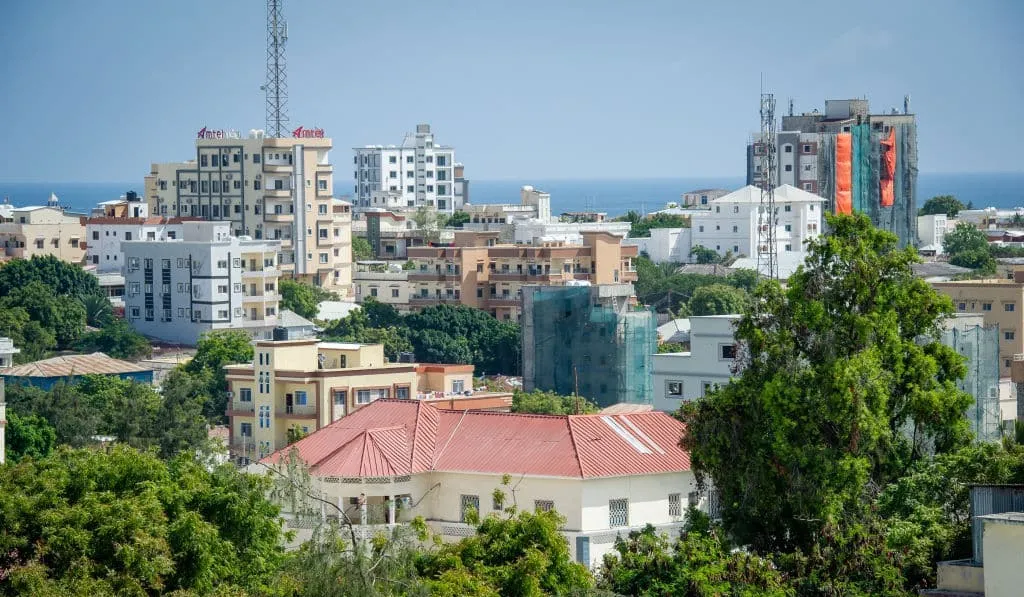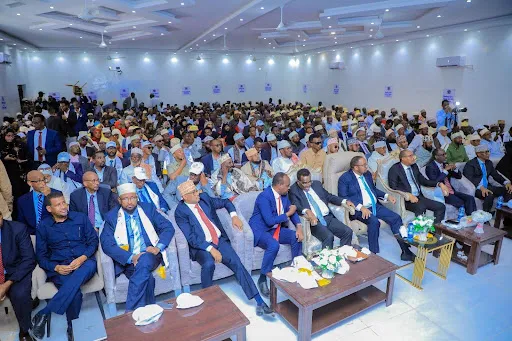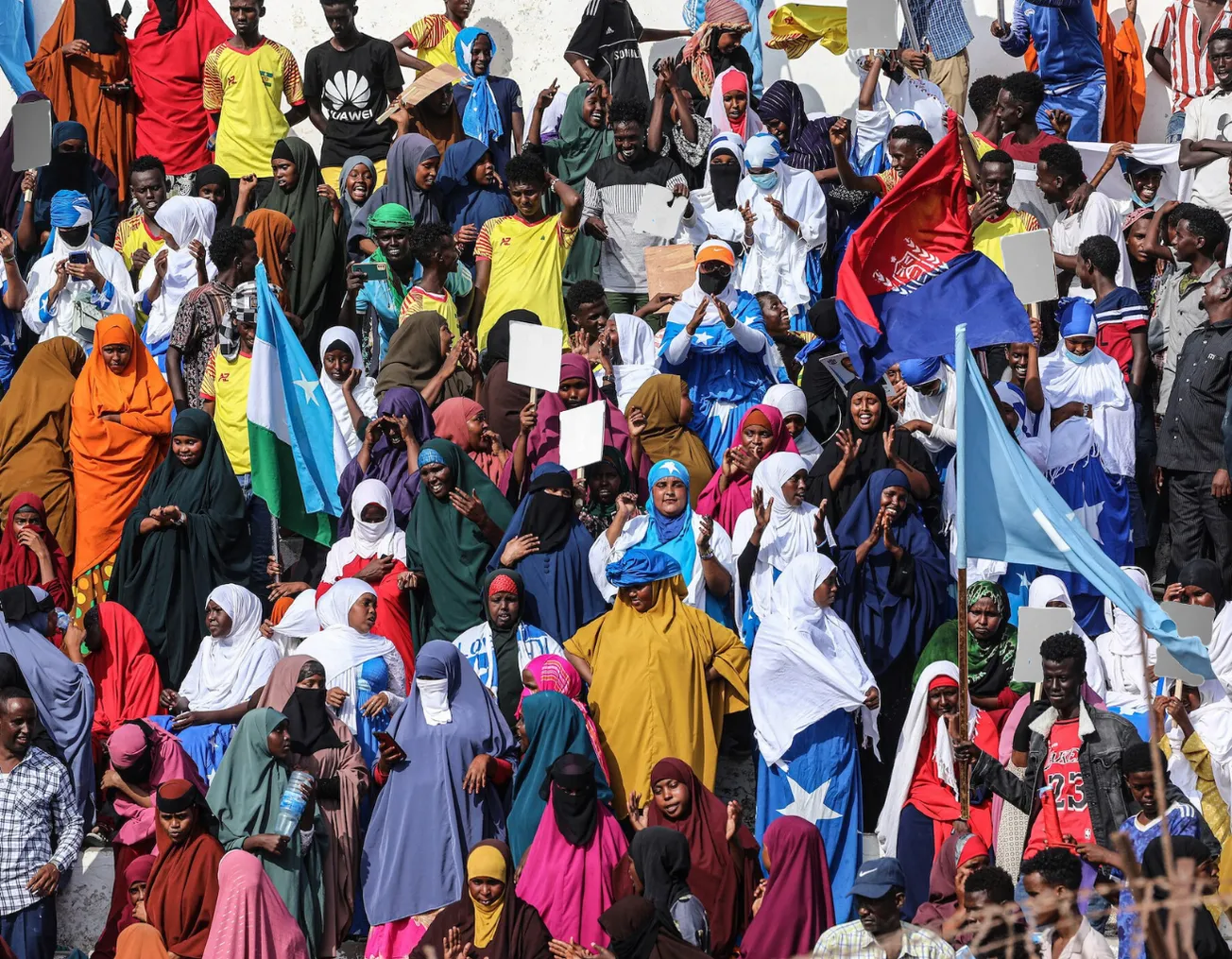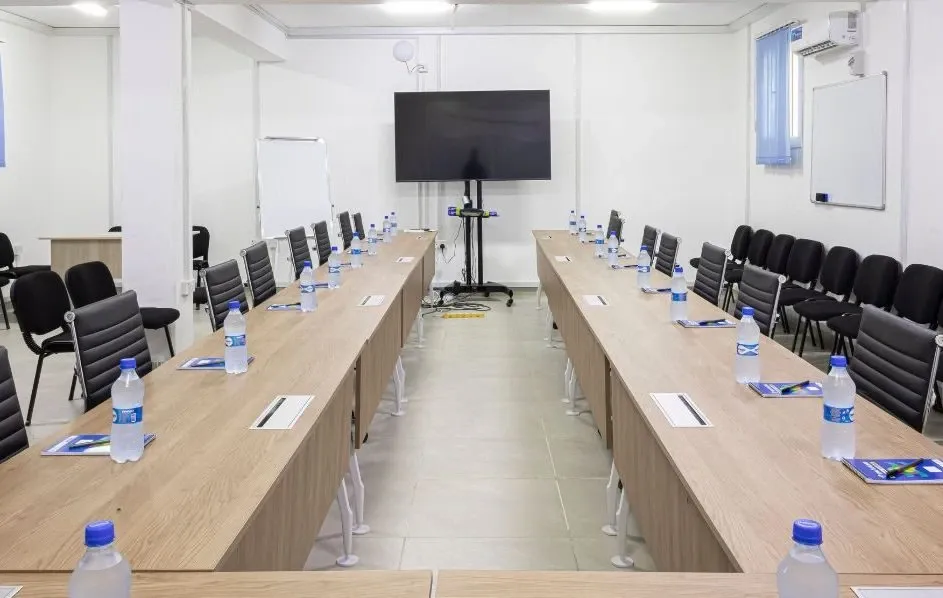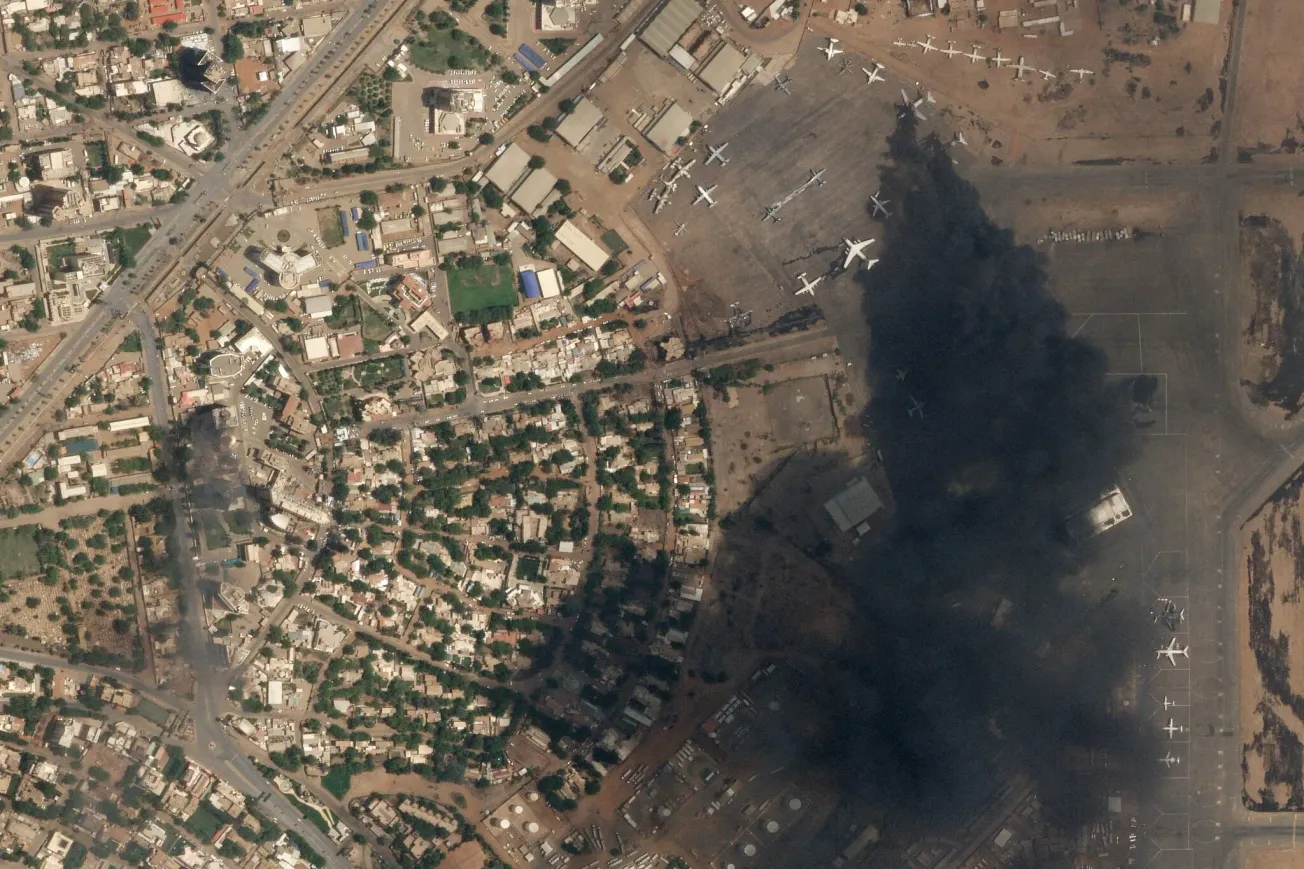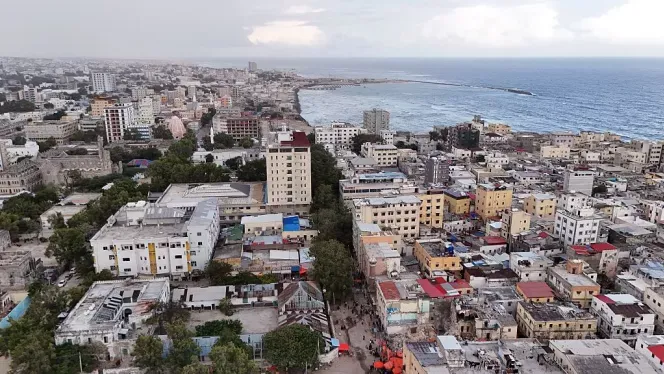Table of Contents
For readers not steeped in Somali affairs, The Economist’s recent declaration that “Somalia’s state-building project is in tatters” would have sounded the alarm: a nation once again on the brink, battered by insurgents, political dysfunction, and diplomatic fatigue. It is a dramatic diagnosis. But it is also a flawed one that is outdated in its assumptions, narrow in its criteria, and far removed from the complex, evolving reality on the ground.
Somalia’s progress cannot and should not be measured solely through the prism of counterterrorism. That’s where The Economist places its emphasis, citing al-Shabab’s recent attacks and limited territorial gains as if they represent the entirety of the Somali state’s trajectory. But “state-building” encompasses far more than battlefield maps: it includes fiscal autonomy, institutional development, education, public finance, remittance integration, and the reemergence of civic life in a society recovering from three decades of collapse.
Indeed, by many of these broader metrics, Somalia is advancing quietly, but unmistakably. The World Bank, IMF, and UN agencies consistently recognize Somalia’s post-2020 progress. In December 2023, the IMF approved debt relief under the Heavily Indebted Poor Countries (HIPC) initiative, cutting external debt from over $5 billion to just under $600 million. This landmark opened the doors to concessional financing, budgetary support, and infrastructure investment, the tools that no failed state possesses. In its 2025 review, the IMF projected Somalia’s GDP growth at 3.7% and reaffirmed continued structural reform under the Extended Credit Facility.
Critically, The Economist fails to note what matters most: that Somalia now collects and manages its own domestic revenues across several federal member states, and that procurement systems, auditor general oversight, and central bank reform have progressed more in five years than in the prior 25 combined. These are not signs of tatters, rather, they are evidence of a state under reconstruction.
It’s also telling that The Economist invokes the withdrawal of foreign support as if it were a fresh blow to Somalia’s fortunes. The truth is that Western powers abandoned traditional “nation-building” years ago. The U.S. shifted toward offshore counterterrorism operations and diplomatic minimalism. The EU, fatigued by humanitarian dependency, has moved toward regional containment. In that vacuum, it is Somalis, not the donors, who are leading the state-building process. The Somali diaspora now sends home an estimated $2 billion annually, eclipsing the combined total of all foreign aid and investment. Remittances remained Somalia’s most reliable source of capital, sustaining households, funding education, and underwriting microenterprise.
And speaking of education: another transformation ignored in the article is the quiet intellectual revolution underway. Tens of thousands of Somali students now graduate annually from universities in Mogadishu, Hargeisa, Garowe, Baidoa, and Kismayo among other cities. Higher education may not yet match international benchmarks, but its existence would have been unthinkable two decades ago. The emergence of local academic institutions, alongside dozens of vocational training centers and civic organizations, signals a generational shift in capacity and expectation.
Even The Economist’s use of Puntland as a foil to the federal government is misleading. It references Puntland’s recent gains against Islamic State terror group in the Bari mountains, implying that the rest of Somalia has no stake in its outcome. In reality, Puntland’s successes and struggles are Somalia’s successes and struggles. The notion that political tensions between President Said Abdullahi Deni and President Hassan Sheikh Mohamud represent a national schism is both overstated and analytically lazy. Most Somalis are well aware that these rivalries are rooted in 2026 pre-election maneuvering, not in existential questions about the state’s coherence.
The claim that “state-building is in tatters” collapses under scrutiny. Is Somalia facing real challenges? Certainly. Al-Shabab remains a potent threat. Droughts, displacement, and food insecurity persist. Constitutional clarity between federal and regional powers remains elusive. But none of these problems are new, and none justify dismissing the hard-won, ongoing gains made by Somali society in the absence of consistent international commitment.
If anything, The Economist’s article reflects a broader failure of imagination within certain policy circles: a belief that unless a state is rebuilt from the top down, by foreign architects, it cannot be rebuilt at all. Somalia’s experience tells a different story. This is a state slowly being reassembled from the inside out, by its own people, on its own terms, with uneven progress but unmistakable momentum.
Far from being “in tatters,” Somalia is forging a distinctly Somali model of recovery. And for those paying close attention, that may be the most hopeful sign of all.


